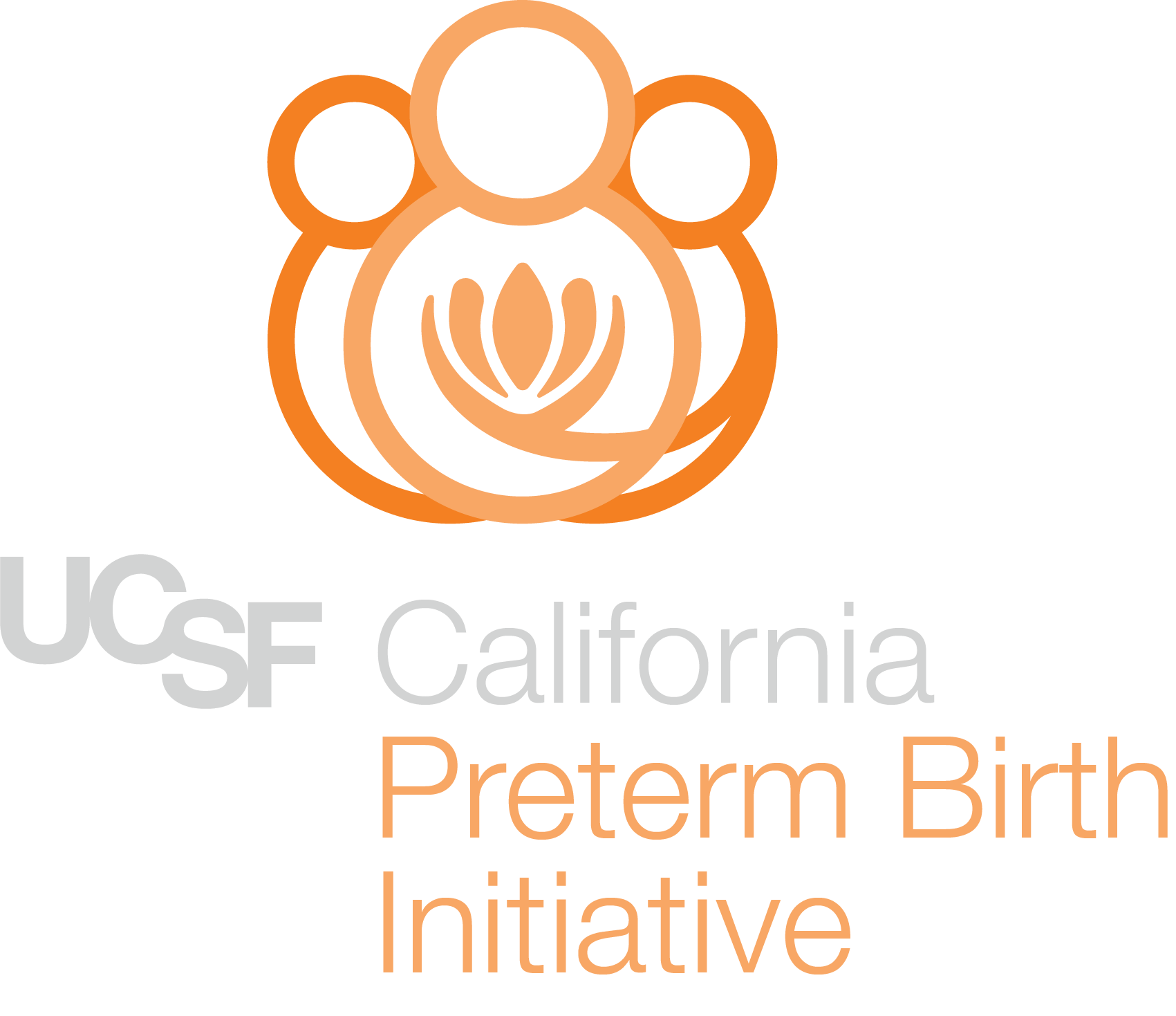

The paper's findings are described by the author, Kelli Ryckman. Additional authors include: Caitlin J Smith, Elizabeth A Jasper, Rebecca J Baer, Patrick J Breheny, Randi A Paynter, Wei Bao, Jennifer G Robinson, John M Dagle, Laura L Jelliffe-Pawlowski
Please describe your research findings.
Genetic factors are known to contribute to quantitative traits like blood pressure, body mass index, and lipid levels. Many studies have demonstrated these quantitative traits are associated with an increased risk for preterm birth, but we don’t yet know how these factors increase the risk of delivering preterm. Our study looked at the genetic architecture of lipid levels by creating what is known as a genetic risk score (GRS) for four lipid components: triglycerides, total cholesterol, HDL and LDL. We then examined the relationship between each GRS and the risk of preterm birth.
Our results suggest that what is normally thought of as a 'bad' lipid profile and its impact on preterm birth risk may not be telling the entire story of how lipids contribute to preterm birth risk.
Kelli Ryckman, Lead Author
Co-Investigator PTBi SOLARS Study, Assistant Professor, University of Iowa
We found that women with a genetic predisposition to higher levels of HDL were at an increased risk of preterm birth while women with a genetic predisposition to higher levels of total cholesterol or triglycerides were at a decreased risk for preterm birth.
Are there any “first(s),” “biggest(s), or “only(s)” with this study – i.e., first study to quantify or examine something, the largest study of its kind, etc.?
This was the first study to examine the genetic architecture of lipid levels in relation to risk for preterm birth.
What is already known about this topic, and how do your findings add to or change this existing knowledge?
Most studies have observed that women with lower HDL levels and higher levels of total cholesterol or triglycerides have an increased risk of preterm birth. Our findings are counterintuitive to these observations in that we found women with a genetic predisposition to higher levels of HDL were at an increased risk of preterm birth and those with a genetic predisposition to higher levels of total cholesterol or triglycerides are at a decreased risk for preterm birth. Our findings suggest that the current scientific understanding of the observed relationship between lipid levels and preterm birth is more complex than originally thought.
How does your research impact current clinical practice? How does your research impact patients?
Our results suggest that what is normally thought of as a “bad” lipid profile and its impact on preterm birth risk may not be telling the entire story of how lipids contribute to preterm birth risk.
Read the full paper
Genetic risk scores for maternal lipid levels and their association with preterm birth



